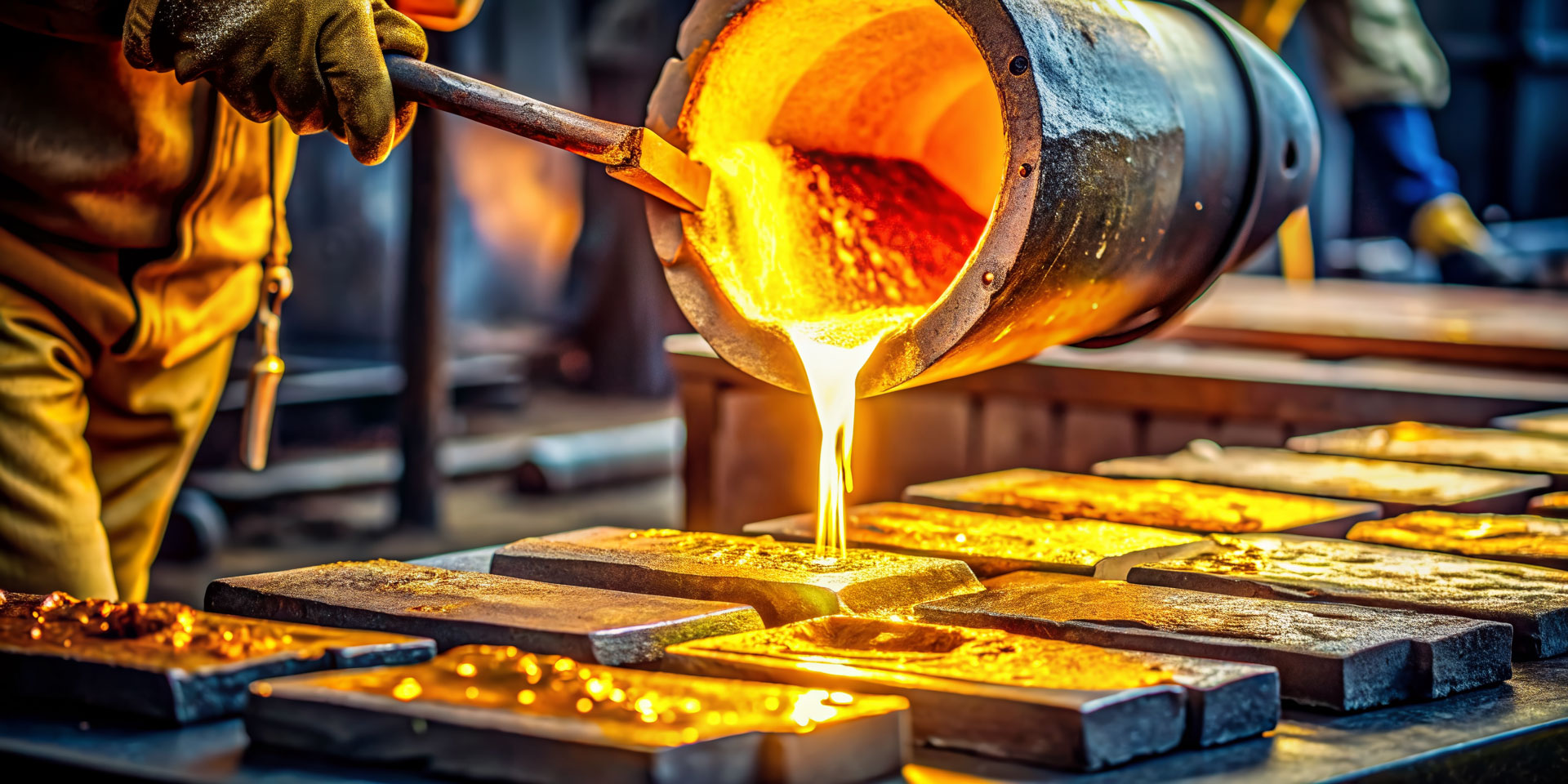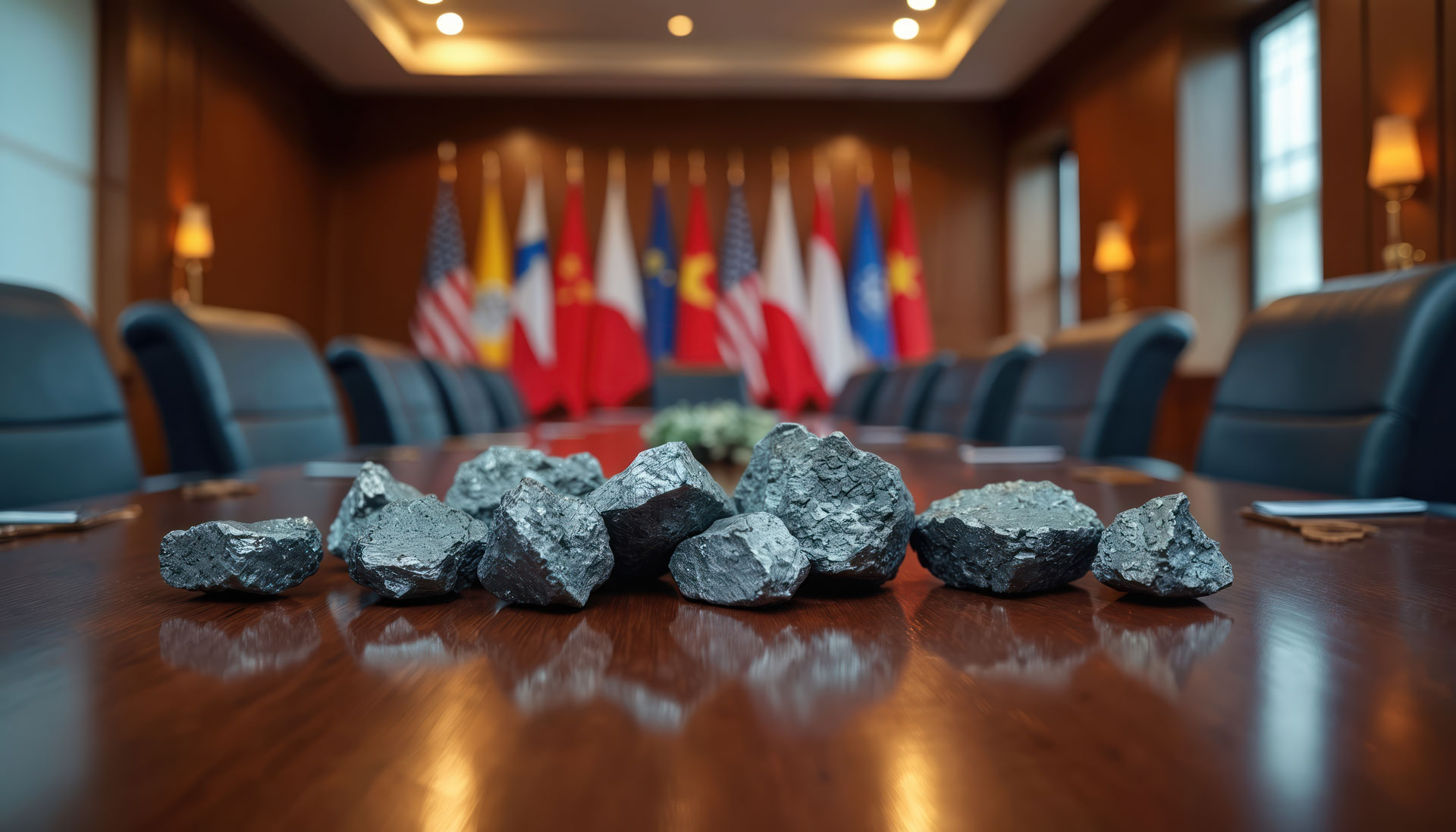
Major gold discoveries and exploration trending lower
How far away is the next major gold discovery?
Big finds remain scarce, according to the latest annual analysis of major gold discoveries by S&P Global Commodity Insights.
It found that between 1990 and 2024, 353 deposits were identified, holding a total of 3 billion ounces of gold in reserves, resources and past production.
But what the data also showed was the number of major discoveries trending lower, as companies tend to focus on extending known deposits instead of finding new ones.
In fact the number of major discoveries halved from 22 in 2006, to 11 in 2009.
Since then, the number has been in the single digits, with only one in 2022.
None were recorded in 2023 or 2024, according to S&P Global Market Intelligence.
It noted almost all the newly added assets were discovered decades ago and only recently met the criteria of at least 2Moz of gold in reserves, resources and past production.
The drop in exploration was also mirrored in the latest available mineral and exploration data from the Australian Bureau of Statistics.
Australia’s national exploration expenditure has dropped from the highs of 2023, when quarterly spends were over A$1 billion.
The March quarter spend was about $805 million.
There was also a 21.9% drop in new exploration drilling from the previous quarter.
Commenting on the ABS figures, Association of Mining and Exploration Companies CEO Warren Pearce said recently that the barriers to exploration “have never been higher”.
The industry is being told it’s important to Australia’s economic security but miners are yet to see that support demonstrated on the ground.
Prime Minister Anthony Albanese, in Perth this week, maintained his pro-resources sector sentiment.
“We want Western Australian resources to create jobs and economic growth for generations to come,” he said from the Resources Technology Showcase.
“We’re backing WA resources. Because when WA thrives, all of Australia benefits.”
It’s a similar mantra to Gina Rinehart’s: “when mining does well, so do Australians”.
The struggles for exploration lie in land access, environmental approvals and coexistence issues with the renewables sector, according to AMEC.
It’s also a tough market to raise funds for exploration, for many juniors.
Explorers have also become more risk-averse over the past couple of decades, S&P noted, pointing to the proportion of grass-roots exploration falling from about 50% in the mid-1990s to 19% in 2024.
Meanwhile the gold price has been on a tear, reaching an all-time high above US$3,400 an ounce earlier this year on US tariff and conflicts in Eastern Europe and the Middle East.
It remains around the $3,300/oz mark, or above A$5,000/oz.
Which means any decent gold discovery is likely to be rewarded by the market.
So will the discovery lull continue?
Or, for those who have been able to get the drill rigs turning, is the next big discovery just a few metres away?






